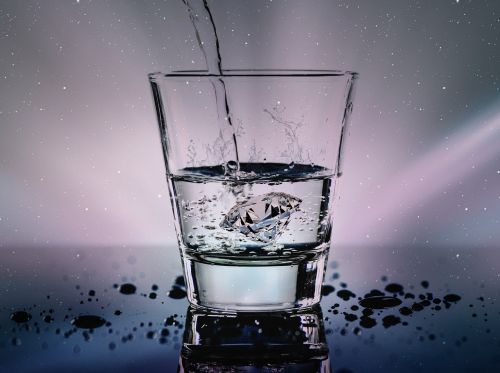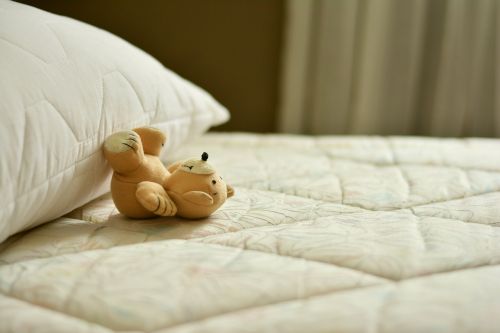Difference Between Mold And Rust – Identify, Prevent, And Remove Each

Have you ever thought that the mold and the rust can be different from each other? Often, people assume the red stains to be rust but it is not always true. Before you start cleaning with some heavy-duty solution, it is highly essential to identify the problem area. You must understand if the red color is actually rust, mold, or maybe some other stains. Have you identified some new stains on the countertop, walls, or floors? You must ensure the source of the stain. You may check if it is the result of some excess moisture or water penetration. Check if the stain is in the kitchen, bathroom, or somewhere else.
The major differences between mold and rust are:
The mold is formed in wet and damp areas.
The rust is usually formed when corrosion starts taking place in metallic areas.
Before the area becomes pervasive, you must identify the differences between mold and rust and take care of the issue immediately and effectively.

Mold and Rust Stains
The mildew or mold growth can effortlessly foster in basement or bathroom areas which are usually damp-prone. It is a common nature of human beings that whenever they find ugly stains in shower tap, basement or sink areas, they start cleaning it thoroughly. It is because they do not wish the stained area to make permanent damages. If you use the rust removal solution on mold, do you think the stains will remove completely? Obviously, it won’t because the different stains need different properties in the cleaning solution. The stains from grease, hard water, mold and rust marks may look similar but the use of the wrong cleaning solution cannot show effective results.
Rust and Mold Identification

The rust is usually surface stain in yellowish, reddish-brown, or in red color. It occurs due to iron or any metal containing the same. It is caused by metal prone rusting, water, or when damp air comes in contact with the surface. The most common rust-prone zones are nails, electric panel boxes, chimneys, metal roofs, water pipes, and home oil tanks with oil heat.
The mold may look like rust and can be of various types. It has a range of colors, from brown to black, gray to white, and green, blue, and even pink. The texture of the mold also differs from fuzzy to downy and powdery to slimy. The mold can result from water penetration at home or a leaking pipe. It can cause a damp and musty odor at home and also have negative health effects. The mold may cause stains but not always.
Mold and Rust Removal and Prevention

The mold and rust are very tough to remove. If the rust stains are lighter ones, you may try vinegar or baking soda for cleaning. There are various uses of vinegar you can check a few on our website. You may also use steel wool pads but end up bringing scratches to the rust-prone zone.
While using the rust removal product you must always take note of the instruction and the usage. Under no circumstances use bleach in rust cleaning. Try to clean the rust in a well-ventilated space. It is not advised to keep the metals in humid and damp areas. You may apply a protective varnish coating or other protection layers to the rust-prone surfaces. Try keeping the metal fixtures dry to avoid rust on them.
You can get mold removal products to get rid of it but, complete removal of mold is very difficult. The absorbent or leaky surfaces, like drywall or insulation, shower curtains when affected by mold, it is better to replace them. While dealing with the mold, the protective gears like a face mask and hand gloves must be used. For the allergy and asthma sufferers, it is not advised to clean mold themselves.
Conclusion
Understanding the difference between mold and rust and then, doing the needful is vital to remove it. The preventive measures must be carefully applied while dealing with the mold and the rust.
Acknowledgements
"Featured photo": by Pixabay for source click here.
"Picture no.1": by Rene Asmussen for source click here.
"Photo no.2": by Rawpixel.com for source click here.
"Photo no.3": by Philip Ackermann for source click here.
Check more articles on our blog

How To Effectively Remove Limescale?

How To Clean A Mattress? - Easy To Follow Guide

When Should You Use a Commercial Carpet Cleaning Service?
